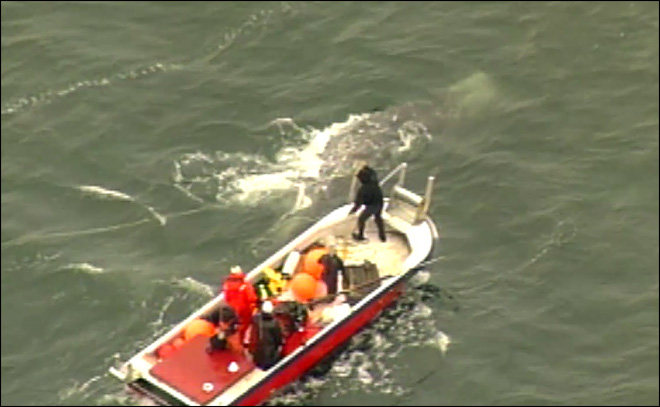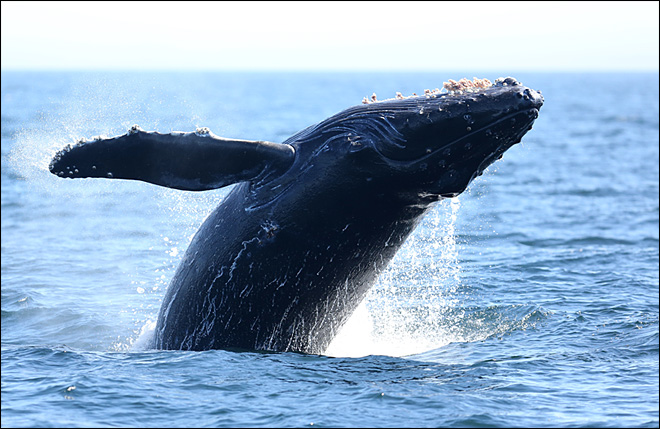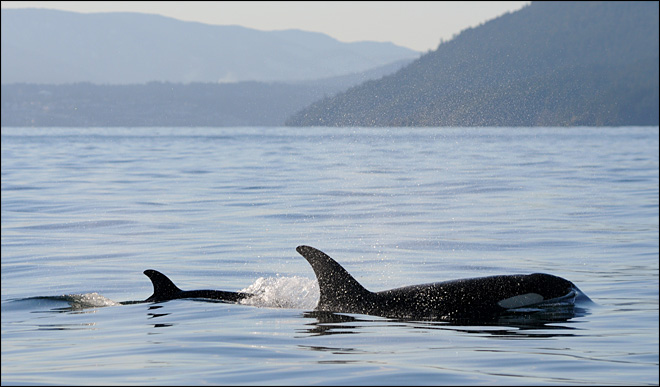KOMO News
SEATTLE — The Makah Indian tribe has the legal right to hunt gray whales, but some say the practice is cruel and outdated and should no longer be allowed.
It’s been a decade since the Makah tribe in Neah Bay last killed any gray whales, but tribal leaders have announced plans to hunt 20 whales over the next five years.
The tribe says the killing is for cultural reasons, and for 2,000 years it has been a central part of who they are. But many people who attended a Monday public hearing on the matter say the world has lots of examples of cultural traditions that are plain wrong.
Now the National Oceanic and Atmospheric Administration must make their decision on the law and the numbers.
European and Russian hunters nearly wiped out the gray wale population, dropping it from 20,000 to 2,000. Gray whales were then placed on the endangered species list, and the population has since returned to 20,000.
Federal regulators have yet to take a position on the Makah plan, but officials listened to both sides during an emotionally charged public hearing on Monday.
“We did not pick a preferred recommendation because we knew people feel very strongly about that. And we didn’t want to pre-judge it,” NOAA’s Michael Milstein said.
While some turned out Monday to voice support for the tribe, most of the speakers steadfastly oppose the hunt.
“They should perhaps consider what some of the other tribes have done, and honor them in a different way,” said Katherine Pruitt.
Others, including members of the Chippewa tribe, voiced support for the Makah plan.
“It’s in their treaty rights. You know, that’s the big thing. We need to honor it,” said Jeff Powell.
No members of the Makah tribe attended Monday’s meetings. The second and final public hearing will be held Wednesday evening in Port Angeles.





